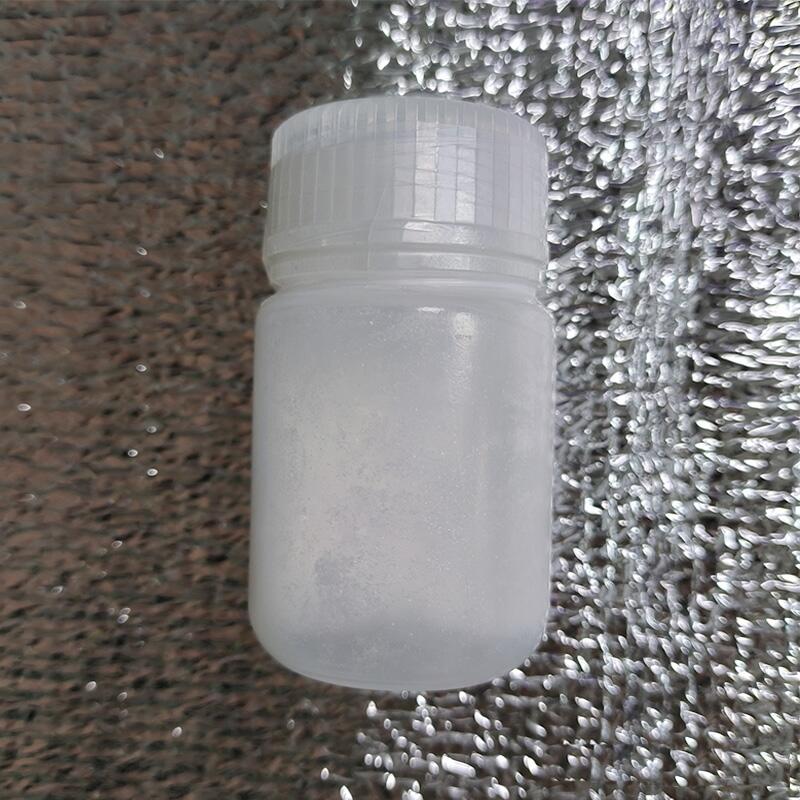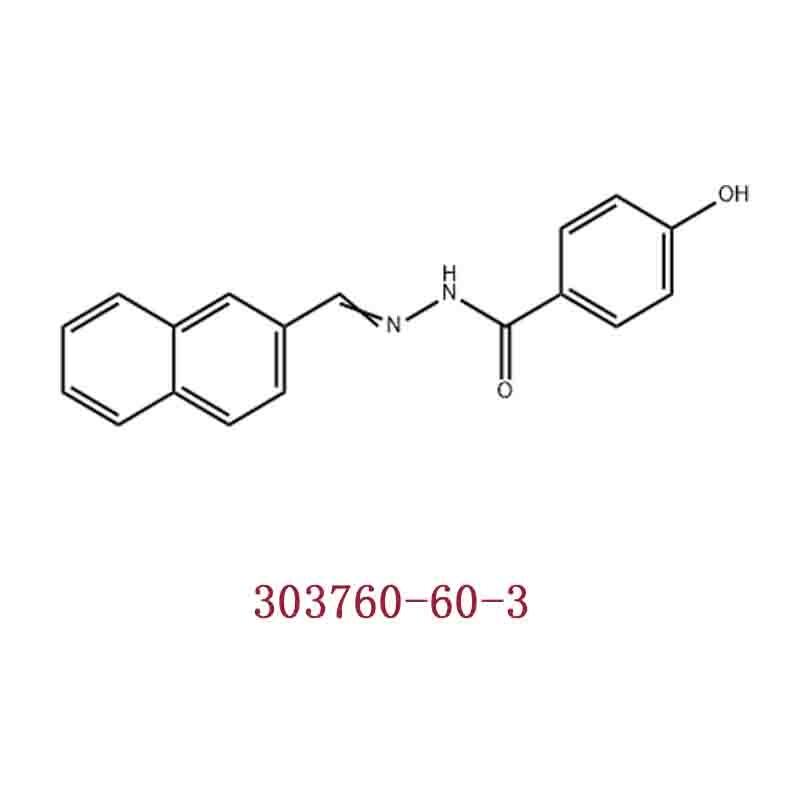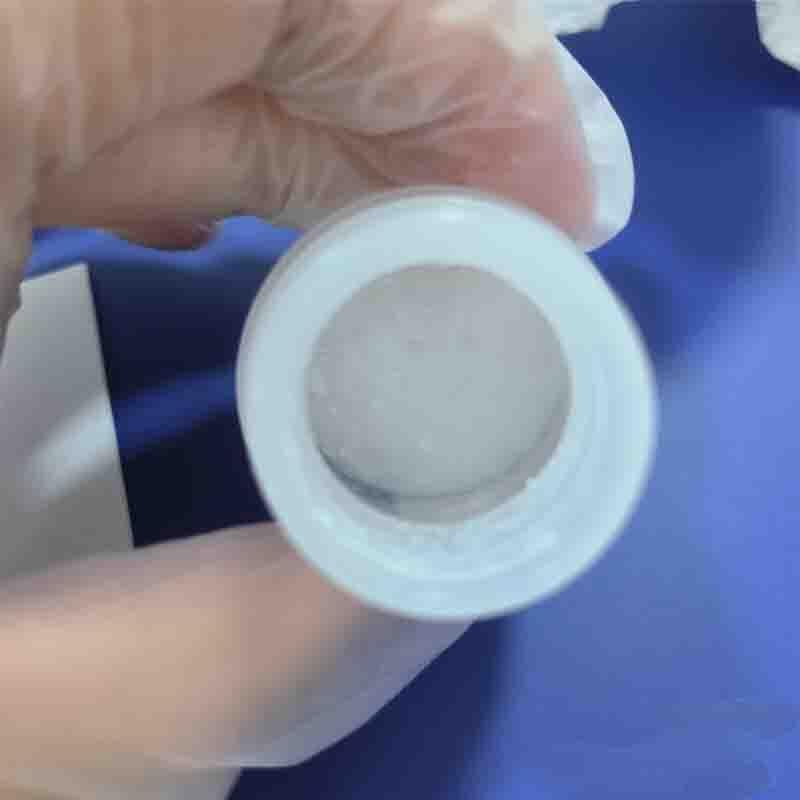-
Categories
-
Pharmaceutical Intermediates
-
Active Pharmaceutical Ingredients
-
Food Additives
- Industrial Coatings
- Agrochemicals
- Dyes and Pigments
- Surfactant
- Flavors and Fragrances
- Chemical Reagents
- Catalyst and Auxiliary
- Natural Products
- Inorganic Chemistry
-
Organic Chemistry
-
Biochemical Engineering
- Analytical Chemistry
-
Cosmetic Ingredient
- Water Treatment Chemical
-
Pharmaceutical Intermediates
Promotion
ECHEMI Mall
Wholesale
Weekly Price
Exhibition
News
-
Trade Service
Written | Comments by Xie Youhua, Chen Jieliang, Wang Yongxiang, Yuan Zhenghong | Zhang Wenhong Source | "Microbes and Infections" On March 31, 2022, Scotland first reported five cases of children with severe hepatitis of unknown cause
.
The World Health Organization (WHO) issued guidance on childhood hepatitis of unknown cause on April 15, defining confirmed cases, suspected cases and epidemiologically relevant cases
.
As of April 21, 169 cases of unexplained hepatitis in children, ranging from 1-month-old to 16-year-old, have been reported in 12 countries
.
The clinical manifestations of unexplained childhood hepatitis are acute hepatitis, aspartate aminotransferase (AST) or alanine aminotransferase (ALT) > 500 IU/L, most children have jaundice, nausea, abdominal pain, fatigue, lethargy and gastrointestinal symptoms , including diarrhea and vomiting
.
Most patients were afebrile
.
Seventeen received liver transplantation and at least one death was reported
.
Considering the epidemiological characteristics and the clinical characteristics of the children, infectious factors are more likely to cause the disease
.
Laboratory findings in all cases ruled out hepatitis A, B, C, D, and E, and suggested that adenovirus may be associated with unexplained childhood hepatitis, but other infectious or environmental factors could not be completely ruled out
.
This article introduces the development of this unexplained childhood hepatitis and its possible etiology
.
There is an imported risk of the disease, and China should prepare for it early
.
On March 31, 2022, Public Health Scotland (PHS) received a report that the Glasgow Royal Hospital had treated 5 children with unexplained severe hepatitis in the past 3 weeks.
The children were 3 to 5 years old and were in good health before the onset of symptoms
.
Before this, there were usually fewer than four children with unexplained hepatitis a year in Scotland
.
However, as of April 12, PHS identified a total of 13 confirmed cases (children aged 1-10 years, median 3.
9 years), of which 1 was traced back to January 11, 2022, and the remaining 12 were Appears from March 4th to April 7th
.
On April 14, the results of the PHS questionnaire showed that 2 of the 13 cases were epidemiologically linked
.
On the other hand, in November 2021, a large children's hospital in Alabama, USA notified the public health department of 5 pediatric patients with obvious liver damage, and further investigation identified 4 additional children with unexplained hepatitis.
The total number reached 9 cases
.
The visits for these cases were from October 2021 to February 2022
.
All the children were healthy before the onset of illness and denied a history of severe acute respiratory syndrome coronavirus 2 (SARS-CoV-2) infection
.
On April 15, WHO issued a briefing and guidance on acute hepatitis of unknown etiology in children.
Definition [WHO 20220415]
.
Confirmed case: Since January 1, 2022, with acute hepatitis (not caused by hepatitis A, B, C, D, E viruses) and aspartate aminotransferase (AST) or alanine aminotransferase (ALT) > 500 IU/L for children 10 years and younger
.
Suspected cases: Children aged 11-16 years with acute hepatitis (not caused by hepatitis A, B, C, D, and E viruses) and AST or ALT >500 IU/L since January 1, 2022
.
Epidemiologically relevant cases: Patients with acute hepatitis (not caused by hepatitis A, B, C, D, and E viruses) since January 1, 2022 and who have had close contact with a confirmed case
.
As of April 21, 169 confirmed cases have been reported in 12 countries, including 114 in the UK, 13 in Spain, 12 in Israel, 9 in the US, 6 in Denmark, 5 in Ireland, 4 in the Netherlands, 4 in Italy, Norway and France have two cases each, Romania and Belgium one each
.
The children were 1 month to 16 years old
.
Seventeen received liver transplantation and at least one died
.
The clinical manifestations of the children were acute hepatitis, elevated blood transaminase levels (AST or ALT > 500 IU/L), and many children had symptoms such as jaundice, nausea, abdominal pain, fatigue, and lethargy
.
Some children reported gastrointestinal symptoms, including diarrhea and vomiting, in the weeks before admission
.
Most children have no fever
.
Etiological analysis of unexplained childhood hepatitis All children with unexplained hepatitis in the UK were not vaccinated against SARS-CoV-2, so a direct association of this vaccine with unexplained childhood hepatitis can be ruled out
.
The investigation team of the British health department collected detailed information on the children's diet, drinking water and personal daily habits through questionnaires, and found no exposure to common poisoning factors
.
Although toxicological investigations are still ongoing, it is speculated based on the epidemiological characteristics and clinical characteristics of the cases that infectious factors are more likely to cause the disease
.
Laboratory findings in all reported cases ruled out hepatitis A, B, C, D, and
E.
Of the 169 cases announced by WHO, 74 children tested positive for adenovirus, of which 18 were identified as adenovirus type 41
.
SARS-CoV-2 was detected in 20 children, and 19 patients were co-infected with adenovirus and SARS-CoV-2
.
Of the 13 previously reported cases in Scotland, 11 were tested for adenovirus and 5 were positive; 5 had been or are currently infected with SARS-CoV-2
.
In addition, norovirus, rhinovirus, enterovirus, parainfluenza virus, human cytomegalovirus, human coronavirus NL63 and Sapporo virus were also detected in individual cases (all no more than 2 cases)
.
Adenovirus was commonly detected in reported cases in the United States, with five samples showing adenovirus type 41 by sequencing
.
Laboratory test results suggest that adenovirus may be associated with unexplained childhood hepatitis, but other infectious etiologies or environmental factors cannot be completely ruled out
.
Metagenome sequencing and sequence analysis are ongoing, and results have not yet been published
.
Although it is currently speculated that adenovirus infection may be one of the potential factors leading to severe acute hepatitis in this child, the severity of its clinical symptoms cannot be explained
.
Adenovirus is a common human pathogen.
It is a double-stranded DNA virus without an envelope.
It is divided into 7 subgroups (A~G subgroups) with more than 50 serotypes.
It is mainly transmitted from person to person through the respiratory tract and contact.
Often cause respiratory diseases
.
Different serotypes of adenovirus can cause other diseases such as gastroenteritis (inflammation of the stomach or intestines), conjunctivitis (red eye), and cystitis
.
Adenovirus types 40 and 41 are mainly transmitted through the digestive tract (see Table 1)
.
Adenovirus 41 infection usually presents with diarrhea, vomiting, and fever with respiratory symptoms
.
Adenovirus infection is usually self-limiting, causing only mild illness or symptoms
.
Acute hepatitis due to adenovirus infection is uncommon, especially in immunocompetent children, although there have been case reports of adenovirus infection in immunocompromised children
.
It is unclear whether adenovirus 41 infection was the cause of this acute hepatitis in healthy children
.
The detection rate of adenovirus in children with diarrhea in China is high.
For example, the detection rate of adenovirus types 40 and 41 in children (<5 years old) with moderate and severe diarrhea in Liuzhou Sanjiang Dong Autonomous County, Guangxi Zhuang Autonomous Region showed that the detection rate was 16.
5%.
The detection rate of other adenoviruses was as high as 39.
1%; the detection rate of adenoviruses in children with diarrhea samples from Zhengding County, Shijiazhuang City, Hebei Province was also high
.
At present, it is speculated that the possible causes of this unexplained childhood hepatitis are as follows 1.
It is a new variant of a known virus, which may be adenovirus, but the possibility of other pathogens cannot be ruled out, such as coronavirus, rhinovirus, enterovirus, Variants of parainfluenza virus,
etc.
If it is a new variant of adenovirus, it is worth paying attention to whether it is related to the recombination and mutation of adenovirus under the selection pressure that may occur after large-scale vaccination of adenovirus vector vaccine
.
Epidemic prevention and control during the COVID-19 epidemic may result in reduced exposure of some young children to common pathogens, resulting in a different development of their immune systems than children of the same age before the COVID-19 epidemic
.
When young children are subsequently infected with common pathogens such as adenovirus, they will produce immune responses or disease manifestations that are different from those of their peers in the past; it is also possible that on the basis of previous SARS-CoV-2 infection, subsequent infection with adenovirus or other viruses, or SARS-CoV -2 Unusual immune responses or disease manifestations in cases of co-infection with adenovirus or other viruses
.
3 There is a new pathogen that has not yet been discovered
.
4.
Non-infectious factors, such as environmental toxins and drugs, cannot be completely excluded
.
According to epidemiological investigation information and clinical laboratory examination results, it is speculated that the unexplained childhood hepatitis occurring in many countries in Europe and the United States is likely to be caused by an infectious pathogen, and the source of infection is temporarily confirmed cases, suspected cases and epidemiologically related case
.
According to current reports, confirmed cases are children under the age of 16, but in the absence of an identified pathogen, it cannot be ruled out that people of other age groups are also infected with related pathogens
.
Whether there is similar unexplained childhood hepatitis in China remains to be investigated
.
According to the standard of confirmed cases, the incidence of clinically unexplained childhood hepatitis (hepatitis A, B, C, D, and E has been excluded) in China since January 1, 2022 can be collected, and compared with the data of previous years to analyze whether China has also There has been an increase in cases of unexplained childhood hepatitis
.
On the other hand, due to the risk of importation of the disease, preparations must be made early
.
Considering the differences in immune backgrounds and circulating pathogens in different countries and regions, it is impossible to assess the risk of disease caused by exposure of children in China to this pathogen at this stage
.
As far as personal protection is concerned, China is still at an important stage of actively preventing and controlling the 2019-nCoV epidemic.
In the context of promoting the development of good personal hygiene habits, parents especially need to pay attention to children's hand hygiene
.
According to WHO's forecast, the number of unexplained childhood hepatitis cases may continue to increase in the future.
With the release of more case data and laboratory test results, many questions about the etiology of unexplained childhood hepatitis may be answered, so that more Targeted prevention and control measures are formulated
.
Professor Zhang Wenhong commented: Unexplained hepatitis cases occur every year, often referring to liver damage caused by no known hepatitis virus or known etiology, which is not uncommon in children
.
However, the unexplained hepatitis that WHO is concerned about has the characteristics of clustered disease, and the incidence rate is higher than in previous years
.
In this case, it is reasonable to consider the risk of infectious diseases
.
It has been found that there is a certain correlation with adenovirus infection
.
But adenovirus infection is a very common phenomenon that can cause pneumonia or diarrhea.
Why are there so many cases of severe hepatitis this year, and only in children? At present, it is speculated that it is a long-term isolation of the new crown.
Children have not been exposed to this virus for a long time, and sudden contact will cause relatively serious immune damage.
This speculation is consistent with the phenomenon that emerging infectious diseases tend to be heavier in the early stage of disease outbreaks.
of
.
If this is the cause, rather than a new virus that has not been discovered before, the subsequent effects of this unexplained hepatitis will gradually decline, but we also need to be vigilant about unknown pathogens, even if this new infection occurs.
The probability of a pandemic is not high
.
In addition, the current definition of a confirmed case is constantly being updated as awareness grows
.
The original text was published in the journal "Microbes and Infection" Xie Youhua1,2, Chen Jieliang1, Wang Yongxiang1, Yuan Zhenghong1,21.
Department of Pathogen Biology, School of Basic Medicine, Shanghai Medical College, Fudan University, Ministry of Education/Health and Health Commission/Medical Molecular Key Laboratory of Virology 2.
Edited by Shanghai Institute of Major Infectious Diseases and Biosafety: Ruan Qiaoling is open for reprinting and welcome to forward to Moments and WeChat groups







